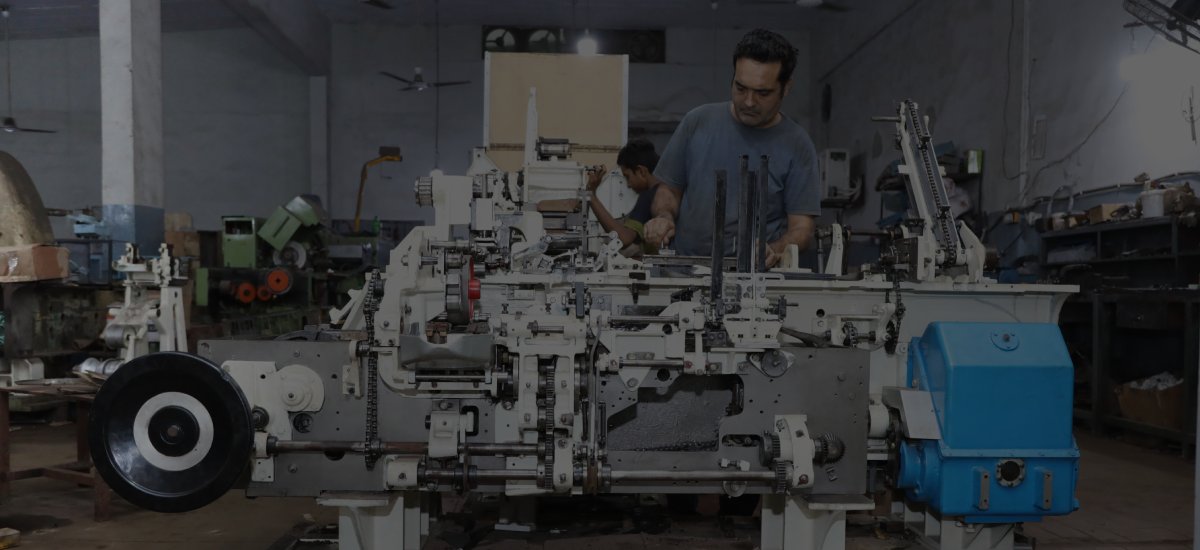Cigarette making machines—whether manual, semi-automatic, or fully automatic—play a critical role in the tobacco industry and among small-scale producers who seek to streamline the cigarette production process. However, like any mechanical device, these machines are prone to certain issues over time. Understanding the most common problems and how to fix them can save time, reduce downtime, and extend the life of your machine.
In this guide, we’ll cover the most frequent cigarette making machine issues and offer step-by-step troubleshooting tips to help you keep your operation running smoothly.
1. Introduction to Cigarette Making Machines
Cigarette making machines automate or semi-automate the process of rolling tobacco into pre-made tubes. These machines range from small manual devices used by hobbyists to industrial automatic models capable of producing thousands of cigarettes per hour. Regardless of the type or size, the core purpose is to save time and improve consistency in cigarette production.
However, as machines experience regular wear and tear, even the best models can face mechanical or operational challenges. That’s why it’s crucial to recognize the symptoms of issues early and apply the right fixes.
2. Importance of Regular Maintenance
Routine maintenance is the key to a long-lasting and high-performing cigarette machine. Dust, tobacco residue, and friction can all cause mechanical components to wear out faster. Neglecting basic cleaning and upkeep can result in costly repairs and longer downtimes.
Benefits of Regular Maintenance:
Improved cigarette consistency
Less downtime
Extended machine lifespan
Reduced repair costs
Better safety and hygiene
Now, let’s explore the most common issues and how to resolve them.
3. Common Problems in Cigarette Making Machines
3.1. Tobacco Jamming
Problem:
Tobacco often gets jammed inside the machine’s injection chamber or tubes, especially in automatic machines. This can stop the machine entirely or result in poorly packed cigarettes.
Causes:
Using overly moist or dry tobacco
Overloading the hopper
Not cleaning residue build-up
Fix:
Clear the jam manually using a cleaning tool
Adjust the moisture content of the tobacco
Clean the injector regularly
Use high-quality, evenly shredded tobacco
3.2. Uneven Cigarette Packing
Problem:
Some cigarettes come out overstuffed while others are too loose, leading to poor smoking experience and wasted tobacco.
Causes:
Inconsistent tobacco quality or cuts
Worn-out tamping or injecting parts
Incorrect fill settings
Fix:
Replace worn tampers or rollers
Use tobacco of consistent texture
Calibrate your machine settings properly
3.3. Tube Slippage or Misalignment
Problem:
The cigarette tubes may fall off, slip during operation, or be misaligned on the nozzle, resulting in incomplete or wasted production.
Causes:
Low-quality or loose-fitting tubes
Dirty or greasy nozzle
Tube holder misalignment
Fix:
Clean the tube holder and nozzle area
Use the correct tube size for the machine
Adjust tube holder or tray for tight fit
3.4. Motor Overheating or Failure
Problem:
In automatic cigarette making machines, the motor may overheat or fail to start after prolonged usage.
Causes:
Continuous operation without cooldown
Dust buildup around the motor
Electrical surge or faulty wiring
Fix:
Let the machine cool down after long runs
Clean air vents and motor housing regularly
Check wiring and fuses; replace faulty components
3.5. Inconsistent Output or Stoppage
Problem:
The machine stops mid-cycle or fails to produce consistent cigarette numbers per batch.
Causes:
Faulty sensors or rollers
Uneven feed of tobacco
Programming glitches (in automated models)
Fix:
Inspect and clean sensors
Update firmware if applicable
Replace worn mechanical parts
3.6. Tobacco Dryness or Moisture Issues
Problem:
Tobacco that is too dry crumbles, while overly moist tobacco clogs the machine.
Causes:
Poor storage of tobacco
Inadequate humidity control
Use of low-grade materials
Fix:
Store tobacco in airtight containers with humidity packs
Let moist tobacco dry in ambient air before use
Always test moisture before feeding tobacco into the machine
3.7. Blade and Roller Wear
Problem:
Worn or dull blades/rollers affect the machine’s ability to cut and inject tobacco smoothly.
Causes:
Prolonged use without replacement
Accumulated debris and residue
Fix:
Replace blades and rollers after recommended use period
Regularly clean moving components
Use original spare parts for replacements
3.8. Electrical or Sensor Failures
Problem:
Display errors, sensor misreadings, or machine unresponsiveness can halt operations.
Causes:
Loose wiring
Sensor misalignment or dirt
Power supply issues
Fix:
Check and secure electrical connections
Clean sensors with soft cloth and alcohol
Use a surge protector for safe operation
5. Preventive Measures for Smooth Operation
To minimize breakdowns and increase production quality, follow these preventive tips:
Clean the machine after every use
Lubricate moving parts regularly
Keep a maintenance log
Inspect for wear and tear weekly
Use high-quality, compatible tobacco and tubes
Control humidity and storage conditions for tobacco
Avoid buildup of tobacco dust inside the machine
6. When to Call a Professional
While many issues can be resolved with DIY troubleshooting, some problems require a professional technician, especially when:
The machine repeatedly shuts down or shows system errors
There is smoke or burning smell from internal parts
You suspect internal circuit board damage
Software or firmware updates are needed
Replacement of internal electrical parts is necessary
In such cases, it’s wise to contact the manufacturer or a certified service provider to avoid voiding warranties or worsening the damage.
7. Final Thoughts
Cigarette making machines are valuable tools for both personal and commercial users. By understanding the common issues and applying the right fixes, you can save money, time, and hassle in the long run. Regular maintenance, using proper materials, and knowing when to troubleshoot (and when to call for help) will ensure your machine stays in top shape for years to come.
Whether you’re a small-scale tobacco enthusiast or a manufacturer, proactive care will give you consistent results and smooth operation every time.





